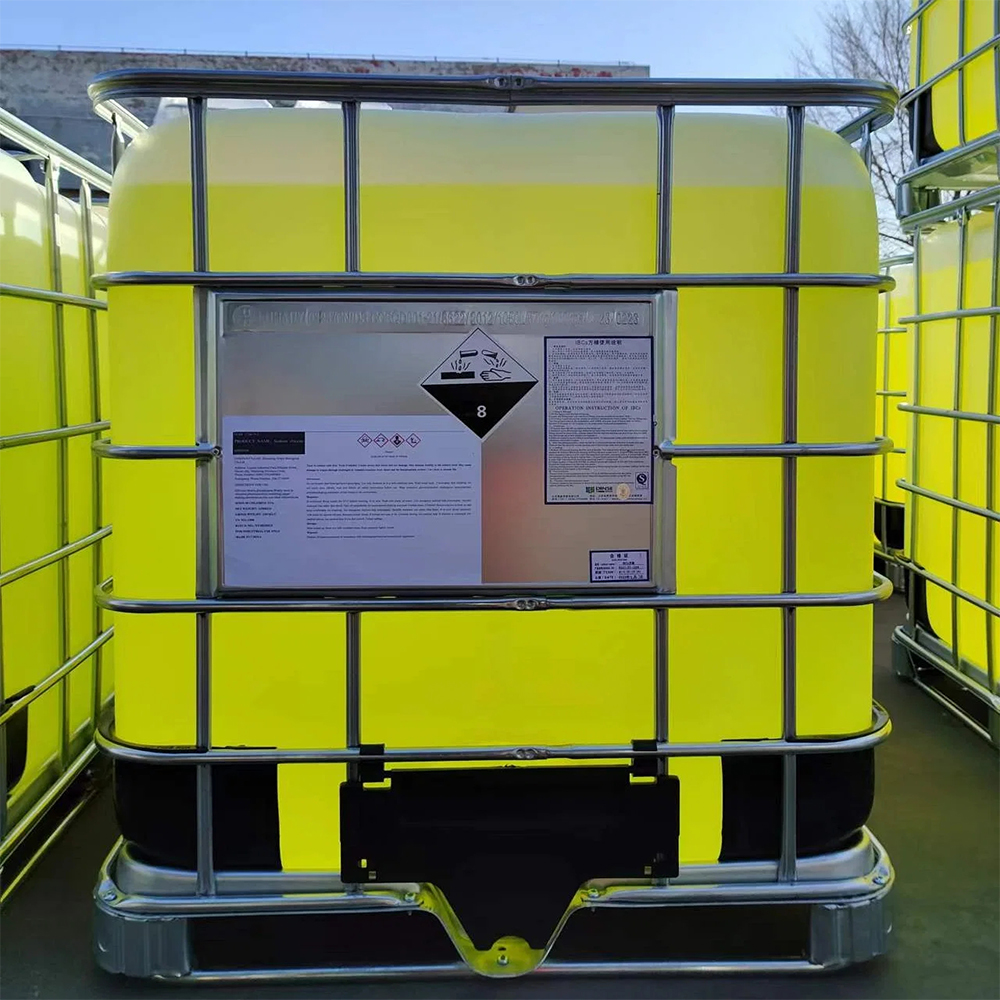



Effective PFAS Removal from Water - Solutions and Technologies
Understanding PFAS Removal from Water Challenges and Solutions
Per- and polyfluoroalkyl substances (PFAS) have emerged as significant environmental pollutants due to their widespread use and persistence in the environment. These man-made chemicals, often referred to as forever chemicals, are found in various products including firefighting foams, non-stick cookware, and waterproof clothing. Their resistance to degradation poses a severe threat to water sources, leading to increased public health concerns. This article explores the various methods for PFAS removal from water and the associated challenges.
Understanding PFAS Removal from Water Challenges and Solutions
Another promising technique is ion exchange. In this method, contaminated water is passed through resins that attract and bind to PFAS, facilitating their removal. Ion exchange systems can be tailored for specific PFAS, providing a more targeted approach compared to activated carbon. However, the disposal of spent resins, which continue to contain PFAS, remains a significant challenge, necessitating further treatment.
pfas removal from water

Membrane filtration, including reverse osmosis, is also employed for PFAS removal. This process utilizes semi-permeable membranes to separate PFAS from water, achieving high levels of purity. While effective, the high operational costs and energy requirements can limit its large-scale application, especially in smaller communities or less affluent areas.
Advanced oxidation processes (AOPs) represent another innovative approach, using powerful oxidants to break down PFAS into less harmful substances. However, these methods often require precise control and can lead to the formation of byproducts that need to be managed.
Despite these advancements, the removal of PFAS from water is fraught with challenges, including the identification of all PFAS compounds present, varying treatment efficiencies, and the management of residual waste. Moreover, regulations regarding allowable PFAS levels are evolving, increasing the urgency for effective treatment solutions.
In conclusion, while several promising methods for PFAS removal from water exist, continued research is essential to enhance their effectiveness and efficiency. Collaboration among researchers, policymakers, and the public will be crucial in addressing this pervasive environmental issue and ensuring safe drinking water for all. As awareness and technology evolve, the future holds hope for the mitigation and ultimate elimination of PFAS contamination.
-
Why Strontium Carbonate Still MattersNewsJun.06,2025
-
Why BaSO4 MattersNewsJun.06,2025
-
Why Barium Carbonate Still MattersNewsJun.06,2025
-
Strontium Hydroxide: A Versatile Compound for Modern ApplicationsNewsJun.06,2025
-
Strontium Chloride in Daily IndustryNewsJun.06,2025
-
Pure Potassium Nitrate for SaleNewsJun.06,2025
-
What Is Sodium Bisulfate Used For?NewsMay.15,2025










